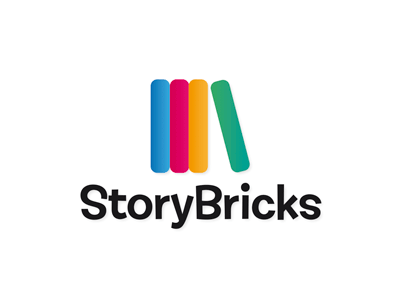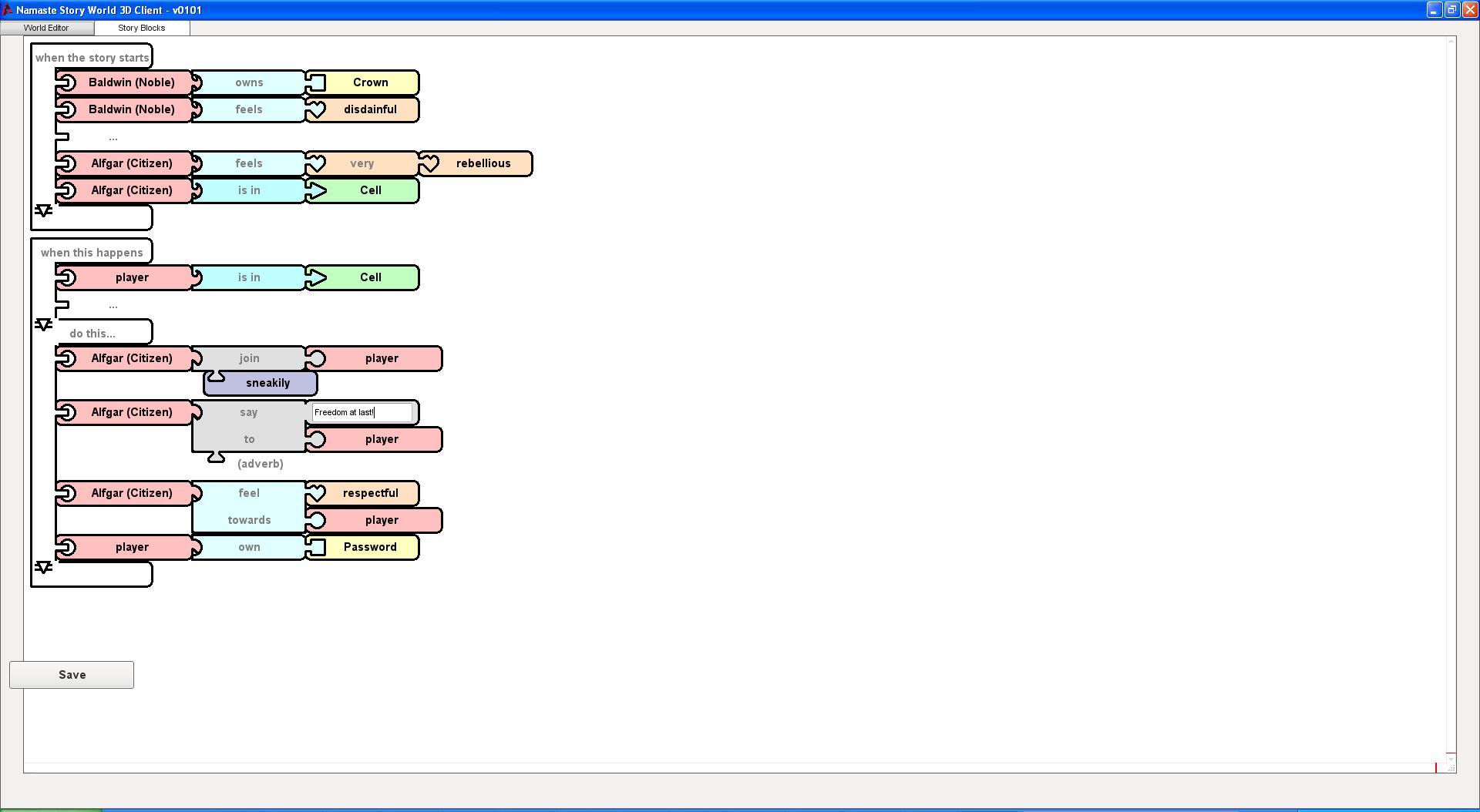 I remember the early promise of MMOs. Looking back it feels like I was almost miss-sold them. “Become a Hero” they’d loudly proclaim, as if you were the only one who could rid the world of the evil dragon and save the kingdom.
I remember the early promise of MMOs. Looking back it feels like I was almost miss-sold them. “Become a Hero” they’d loudly proclaim, as if you were the only one who could rid the world of the evil dragon and save the kingdom.
Fast forward ten years and I’ve slain countless dragons, liches, evil kings and so on. And yet I’m just as heroic as the thousands of other players who’ve done the same thing. We’ve all spoken to the same NPCs, picked up the same quests, killed the same dragons and got the same loot. There’s one path that we all follow and one mechanic that we all follow – gathering big enough numbers so that our stats and skill are enough to defeat our foes.
Hang on a minute though – wasn’t I supposed to be playing a role here? At least, that’s what I thought. But the contrast between a tabletop role-playing game where all options are open-ended and the PC-based RPG which is much more linear is huge. Sure you might have some fantastic voice acting instead of listening to your GM’s cheese-grater falsetto and a dynamic orchestral score instead of Celtic Hits Vol III in the CD player, but is the story delivered any better? More importantly, do we feel any more involved in how that story plays out?
It’s this line of thought that’s behind Storybricks, Namaste Entertainment’s latest creation. I recently got the opportunity to catch up with Kelly Heckman (officially their “Cat Herder”) and their AI CTO Phil Carlisle. During the session I got a chance to see Storybricks in action, and find out how the technology had been developed. I also learned how they’re planning to use the technology in their games and why they’re so keen on getting the community involved.
Scripts and Cardboard
If you’ve played any modern-day MMO, you’ll be familiar with the role of non-player characters (NPCs) in the game world. From the baker that provides you with food for your adventure to the guard captain that asks you to clean out the brigands, interactions are all fairly static. I’m not the only one who picked up on this rigid set of rules. Namaste CEO Rodolfo Rosini also felt that the NPCs in MMOs were flat, cardboard cutout characters and wanted to improve them.
The problem of creating rich characters gets further confounded when you look at the modding tools available for most games. There’s a lot of emphasis placed on environment interaction – placing the demon portal here or the secret door there. NPCs have typically been left as pretty basic entities with a basic dialogue tree and some scripted responses. Namaste hopes to remove this limitation with the introduction of Storybricks.
Building an AI
At it’s heart, Storybricks is a toolset that’s intended to form part of a larger game. Phil’s fairly clear on this – Namaste don’t want to end up as a middleware provider but instead want to build a showcase for what’s possible with the technology.

The game world is brought to life using advanced AI to give each NPC relationships, needs and desires. Those attributes can involve the player, other NPCs or objects in the game world. The difference with Storybricks is when a player interacts with one character it gets fed back through those same relationships. Freeing the rebel citizen might make you a friend for life, but it’ll be sure to raise the ire of the nobleman that put him in the cells.
In order to define the NPC AI, Namaste developed a simple interface that allows players to define attributes quickly by slotting bricks together. Entities like individual NPCs and players are red bricks, feelings and moods are orange, objects are yellow and locations are green. Using the interface it’s easy to describe where NPCs are and what their mood is towards players, other NPCs and just in general. You can also describe what objects they have, what they want and where those objects are.

You’re also able to describe how these moods change once certain conditions are met. It’s these checks that allow the game to react to what the player does, such as freeing the rebel or finding the king’s lost talisman. By being able to declare those changes right down to the individual NPC rather than a blanket change in faction reputation, you’re able to describe who is impressed, displeased and indifferent to a player’s actions.
During the presentation I saw just how quickly I could put a character together, describing everything from how he interacts with the player to who his friends and enemies are. Once the initial relationships were declared I could then see how they played out in-game. NPC reactions to your presence were easy to spot – some would ignore you, some would cheer and wave you over while others would be outwardly hostile and tell you to get lost.
During the demo I asked Phil about how the technology will scale as more NPCs are introduced. The response was interesting – Phil said that the product would scale to MMO size by using clustering, giving them a fair amount of flexibility. He also said that they’d need to figure out the size based on the market – are players going to want to create something that’s part of a large world, or are they going to want to create adventures or campaigns for smaller groups of players. Ideally they’d like to be able to cater for both groups, but they’re interested to see how the tools are used.
Experience, not XP
Both Phil and Kelly were clear that the focus for Storybricks is on ease of use, where players can create their own content easily and drop it into the game world. It’s a sensible approach to take – you only have to look at games like Little Big Planet to see how players will experiment if you make the tools easy enough to use.
Phil’s pretty adamant about trying to change the feel of MMOs away from “token based mechanics” where the experience is purely about gearing up a character or levelling up in order to gain new skills or abilities. This samey experience is something I’ve commented on myself, with the MMO genre at risk of becoming formulaic.
Currently Namaste are working on getting the experience right. Phil said that it was vital for players to “value the experience they’re having int the game”. He also added that his focus isn’t on how to monetise, but instead on getting back that “sense of wonder” that we all have when we first encounter something completely new.
Sharing Our Stories
Kelly reckons that players will want to play content from the best authors and creators. To that end, there’s probably going to be some kind of story exchange or marketplace where people might be able to share stories, NPC models, dialogue, buildings and so on. Content might end up being curated but currently they’re not sure.
Both Phil and Kelly recognise that there’s a need for a comfort world to be there for players to get in to before giving them a blank canvas and being told to go and create. Little Big Planet has a set of pre-made levels for players to experience before creating their own, while The Sims starts players off with pre-built houses with basic furnishings. It’s a tried and tested approach to show players what can be made with the tools so that they’re inspired to create stuff themselves.
Phil also mentioned that they’ll consider having the toolset available on tablets so that players can put together parts of the game away from their PC. The interface Namaste have produced for Storybricks really lends itself to this, while the idea of being able to create wherever I’m comfortable is pretty appealing.
Early Exposure
Namaste had Storybricks in development for all of ten weeks before showing it off at Gen Con recently. It’s easy to see why they chose that particular venue – the Dungeon Master in me is already rubbing hands together in glee at the possibilities. Kelly agrees, saying that they went to Gen Con to meet tabletop players and understand from them what they’d want from the technology.
Kelly was honest though – they need players using the tool in order to generate feedback on future iterations. Although they have several ideas on where to take the technology they’re very interested in developing a community that helps shape that direction. Phil added that it wasn’t yet clear if players just wanted high level design of NPCs or low-level control of dialogue etc. This balance of fidelity is something that they’re hoping a community can help them solve.
Phil rounded off the session by saying that Namaste were at their “Steamboat Willie Point”, referring to the animated film that Disney made to demonstrate their new techniques. The early cartoon helped to put the young production company on the map and Phil hopes that Storybricks will do the same for Namaste.
As we finished up I’m left with a feeling that I’ve seen something special. I was surprised how NPCs reacted to me, becoming less like the static vending machines or quest givers I’m used to. Being able to see these personalities come to life, even at this early stage, was something I’d not seen before.
The doors have already been flung open for people to sign up and become a Storybricks tester. Namaste hopes to get people trying out the tool as early as possible, and I’d encourage you to get in on the ground floor. It’s going to be interesting to see how the game Namaste builds around Storybricks takes shape, and if it really will change how NPCs are crafted across the genre.
Update: I also got the chance to put some questions to Phil directly. You can find the interesting results here.
This sounds absolutely fantastic!
” He also added that his focus isn’t on how to monetise, but instead on getting back that “sense of wonder” that we all have when we first encounter something completely new. ”
Just that quote. A feeling I would love to have back and refreshed. Mean, in WoW, you get used to the NPC’s. No mater how many models they introduce.
Look forward to seeing this put in action and development!
– Jamin
“As we finished up I’m left with a feeling that I’ve seen something special”
Great quote, I’m going to use that one a lot 😀 and thanks so much for the blog post and the Q&A, that was really helpful